3 ARTICLES ON PAIN (Physical and Emotional) MANAGEMENT
This week’s Psychology Update along with the Psychology Website of the Week and Psychology Resource Ted Talk of the Week focuses on the mysterious distressing problem of pain and pain management. These articles can be used in conjunction with the chapters on nervous system, Positive and Health Psychology, and psychotherapy.
ARTICLE #1
TITLE
Using Radical Acceptance to Minimize Suffering
DESCRIPTION
Whether we are experiencing physical and/or emotional pain, is there a way to reduce our suffering and cope more effectively? The article focuses on a number of situations in clinical settings and case examples of how to deal with the onslaught of stress, pain, and emotional issues in our daily lives. The author (clinician) states: “After validating my clients’ legitimate distress, I encourage them to deal with challenges by embracing something called radical acceptance. It is a component of the kind of treatment I practice, dialectical behavioral therapy, which was developed by the psychologist Marsha Linehan. “Radical acceptance means recognizing your emotional or physical distress — whether around minor issues, like traffic, or more significant challenges, such as navigating a chronic illness — and wholeheartedly practicing acceptance.” The practice of acceptance (not resignation) will significantly aid in coping with the problems. Many examples are provided, and most importantly, the article presents a 5 Step (self help) Plan (solutions) to deal with the chronic distress and ultimately reduce the suffering and enhance coping.
SOURCE
New York Times, April 22, 2012, by Jenny Taitz
LINK TO RESOURCE
https://www.nytimes.com/2021/04/22/well/mind/radical-acceptance-suffering.html?smid=em-share
(Tiny URL) https://tinyurl.com/yd497x92
=================================
ARTICLE #2
TITLE
Pain management in a crisis
DESCRIPTION
This is an extremely important article “published” by the American Psychological Association for professionals dealing with clients who report chronic pain. The article covers definitions of pain, acute vs chronic pain, assessment, and therapy issues. This is “APA’s guidance on doing assessments and treating chronic pain during the COVID-19 crisis.” “Chronic pain affects daily life: The nature of pain is widely misunderstood. Acute pain is the body’s alarm system — it warns of potential harm. Acute pain initiates our defensive reactions to protect ourselves, such as jerking a hand away from a hot stove, or triggering the fight-or-flight response to escape from a threat. Pain caused by a physical injury normally resolves in a period of a few days to three months. Pain that lasts longer and interferes with daily functioning is known as chronic pain.” “Chronic pain is a biopsychosocial disorder: While chronic pain is sometimes secondary to an identifiable disease process, such as cancer or arthritis, in many cases the etiology is unrelated to any known disease or “primary” condition. Chronic pain is associated with altered circuits in the brain, where pain sensory information becomes intertwined with cognitions, mood, arousal, sleep disturbance and poor functioning. This makes chronic pain a perfect example of a biopsychosocial disorder.” After the discussion of pain, the article then focuses on assessment issue of pain and offers a list of effective treatments for pain sufferers.
SOURCE
American Psychological Association (services), April 17, 2020, By Kathleen S. Brown, PhD, and Daniel L. Bruns, PsyD
LINK TO RESOURCE
https://www.apaservices.org/practice/news/pain-management-covid-19
(Tiny URL) https://tinyurl.com/25kv36az
=================================
ARTICLE #3
TITLE
Coping with Chronic Pain
Take control of your pain so it won’t control you.
DESCRIPTION
“Pain is a sensation that we all have felt at one point in time or another. It is defined as an uncomfortable feeling in your body that may be telling you that something is wrong. Generally speaking, when your body has an injury, pain persists until your body heals. After your body heals, the associated pain usually resolves. However, people who live with chronic pain experience a different outcome. Chronic pain is defined as any pain that lasts for three to six months or more. With chronic pain your body hurts for weeks, months or even years and depending on the severity of the pain it can be and often is very debilitating.“
SOURCE
Psychology Today, April 5, 2021, by Carlin Barnes, MD and Marketa Wills, MD, MBA
LINK TO RESOURCE
https://www.psychologytoday.com/us/blog/mental-illness-in-america/202104/coping-chronic-pain
(Tiny URL) https://tinyurl.com/fyt6nmaa
================================
CLASS DISCUSSION QUESTIONS
•How is pain defined? Please differentiate “emotional pain” from “physical pain”.
•What are the psychological sequelae of each?
•How do the long term effects of chronic pain differ from acute pain?
•Psychologists are often part of pain management teams, what is the role of the psychologist?
•What are some of the interventions and techniques used and recommended by psychologists to help their clients COPE?


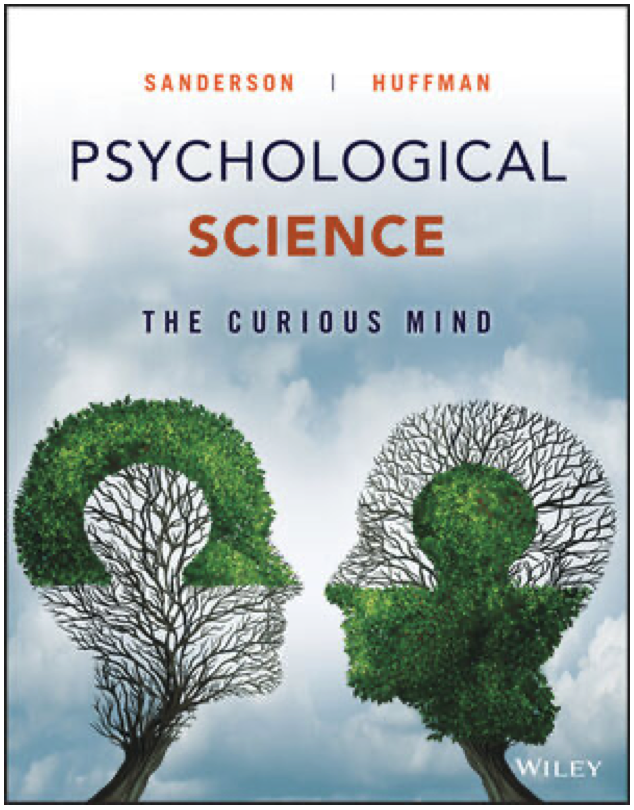
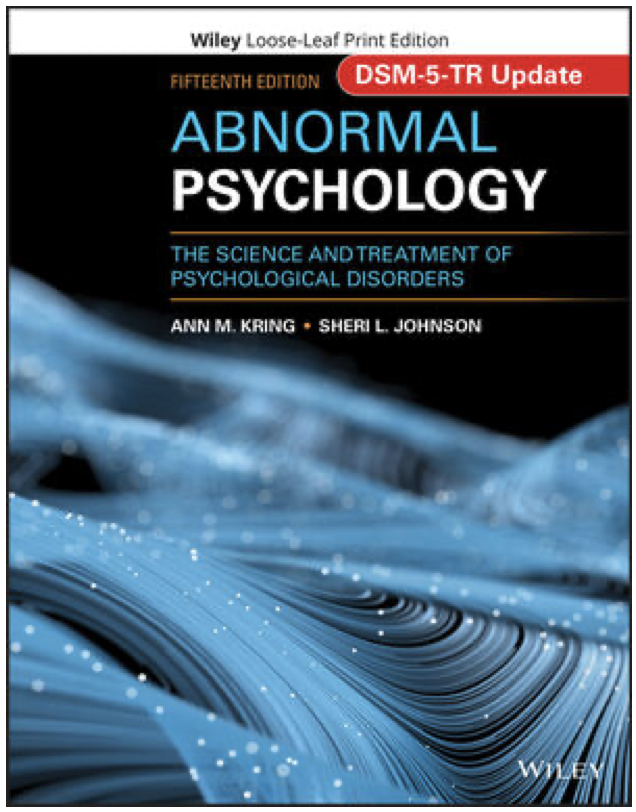
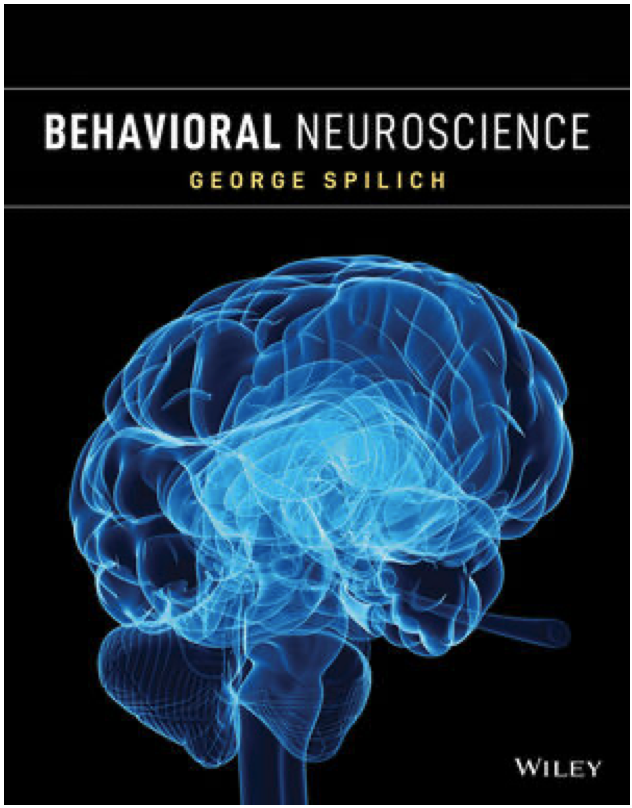
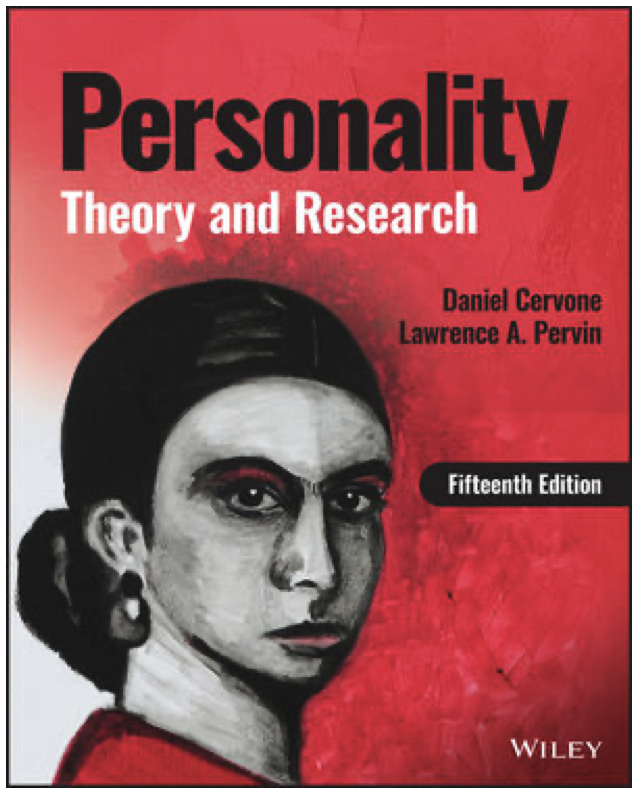
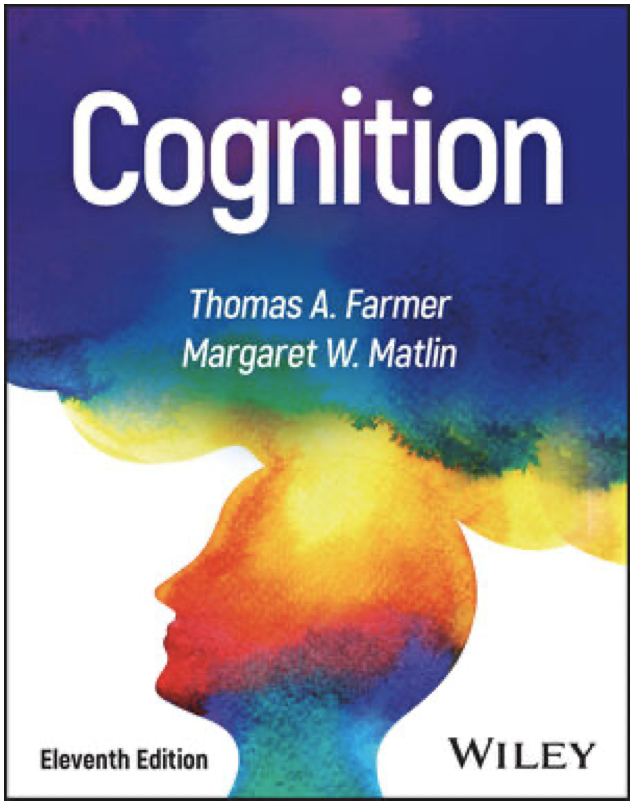
Leave a Reply